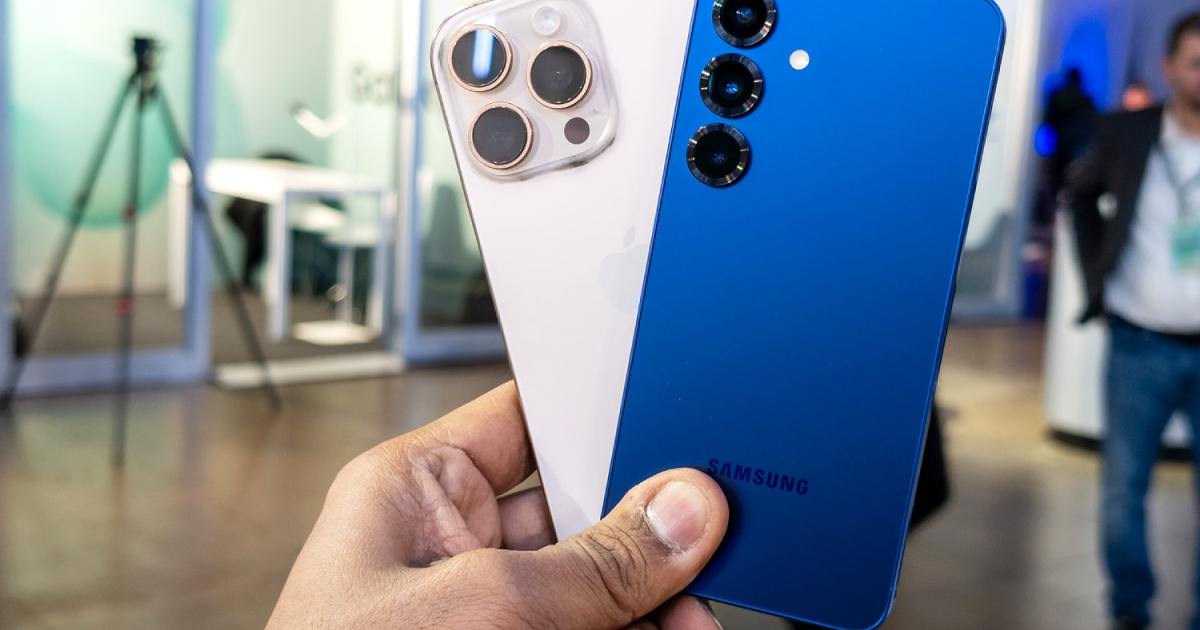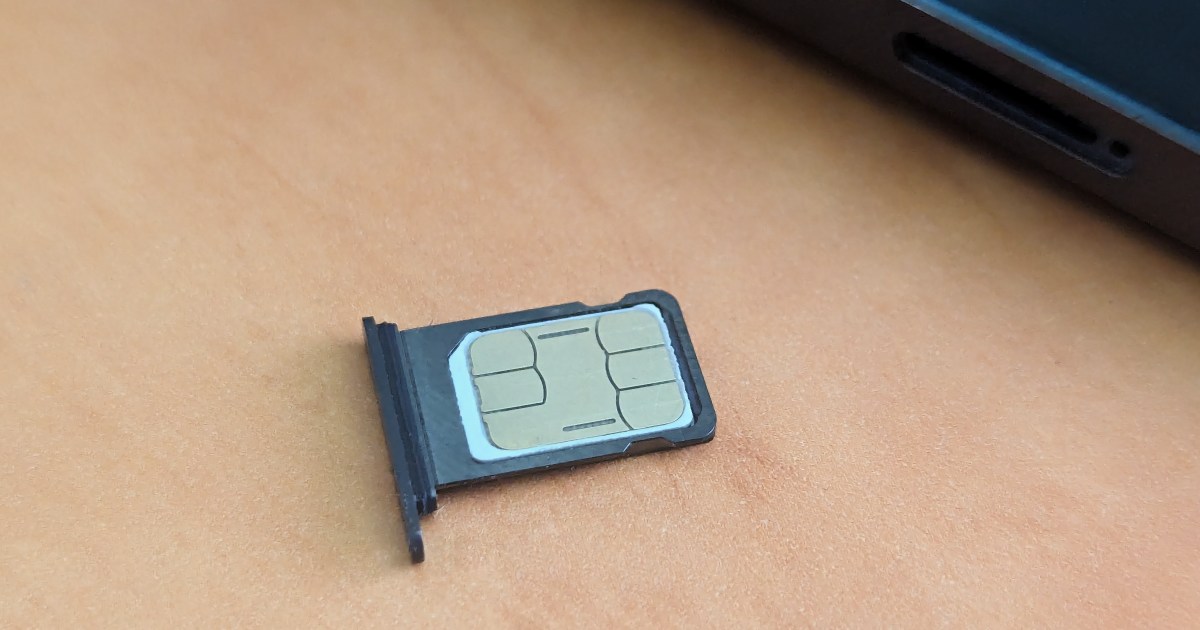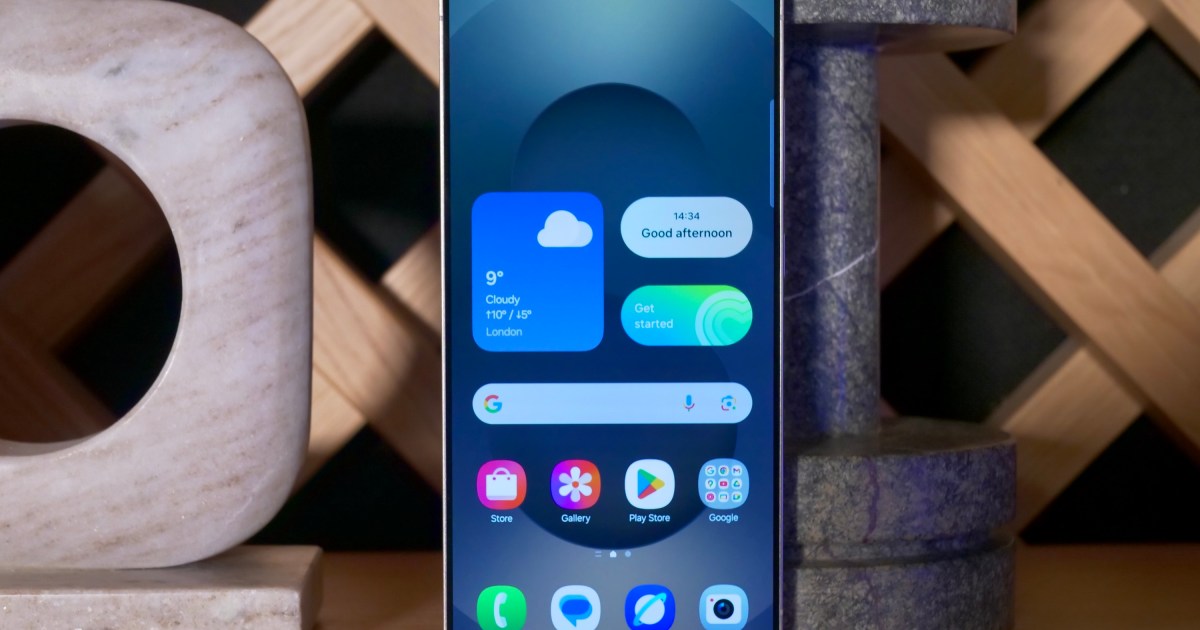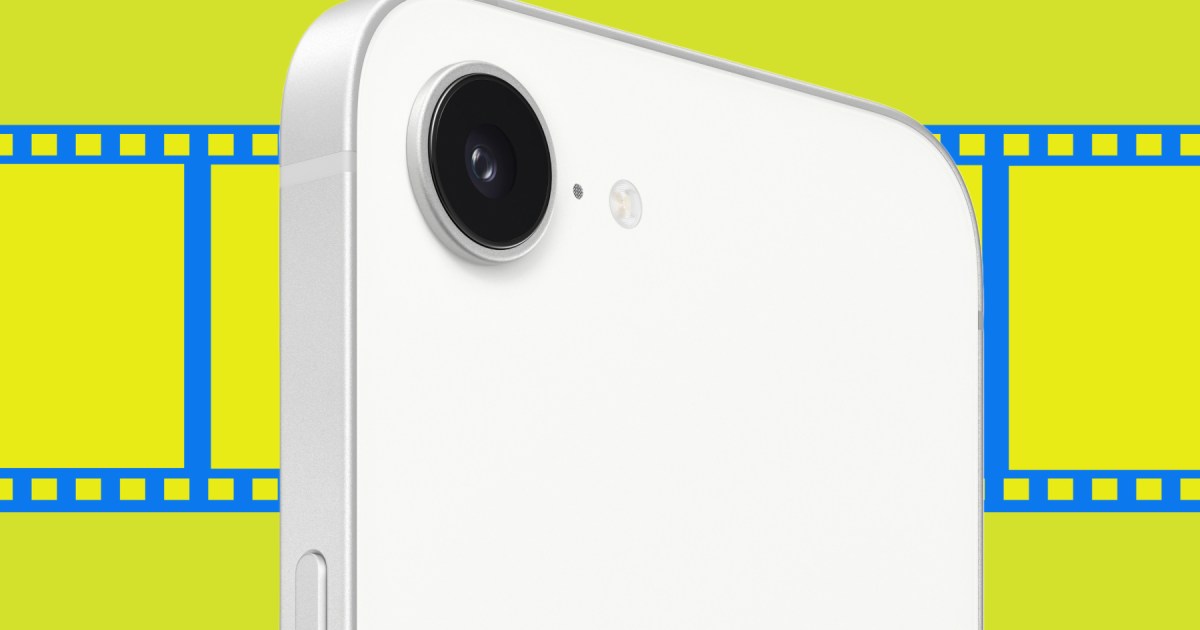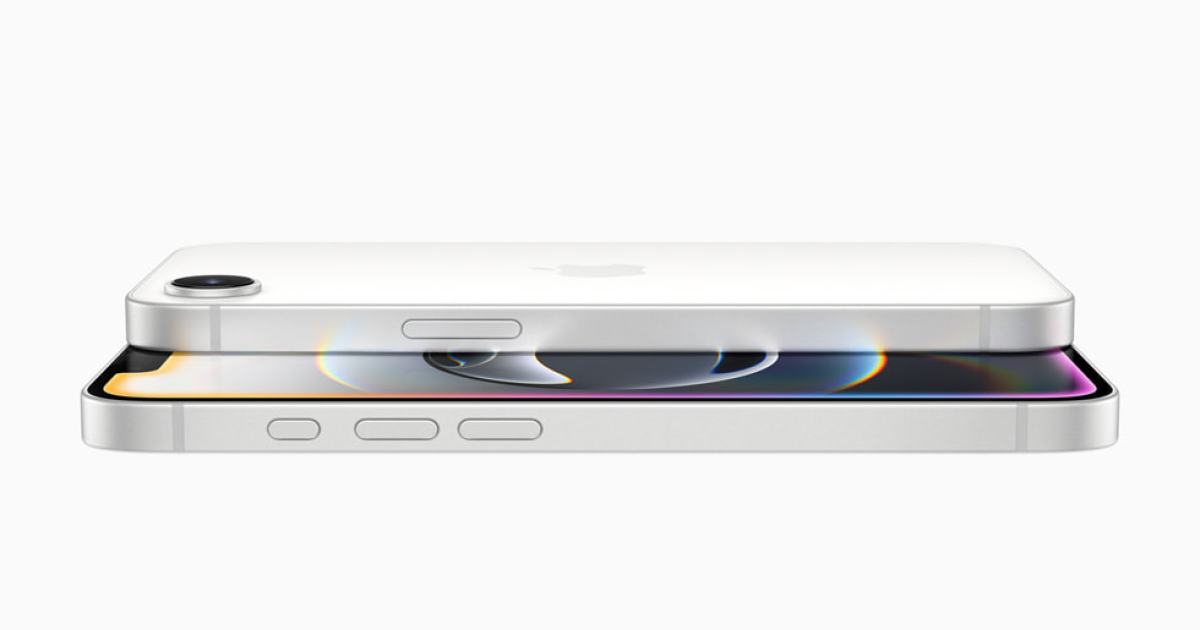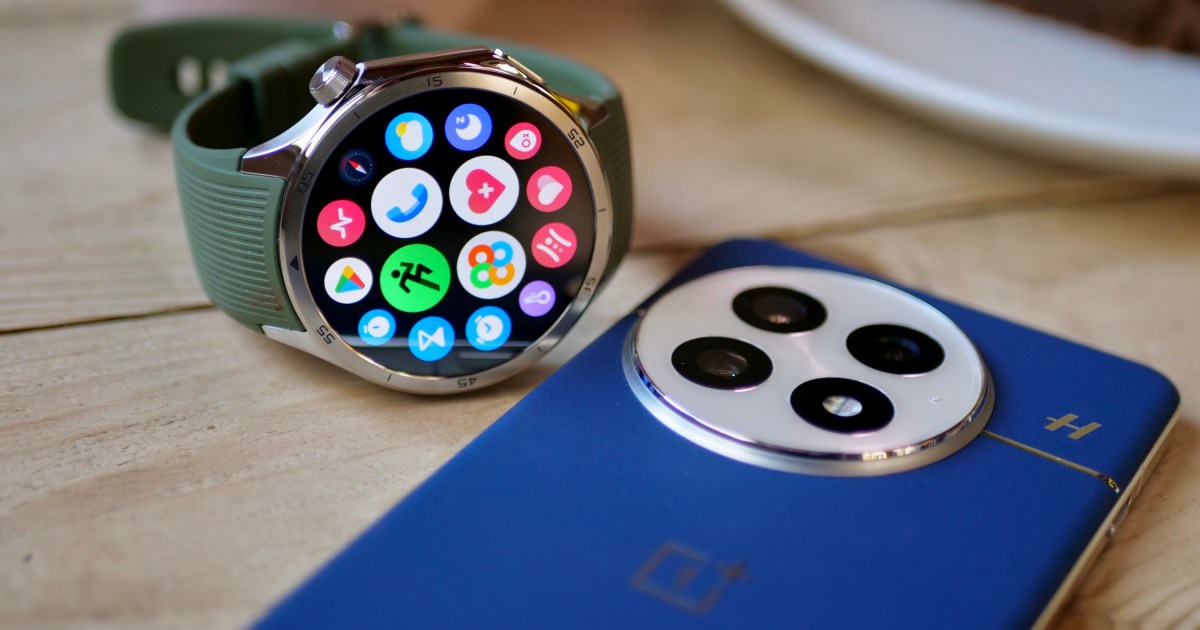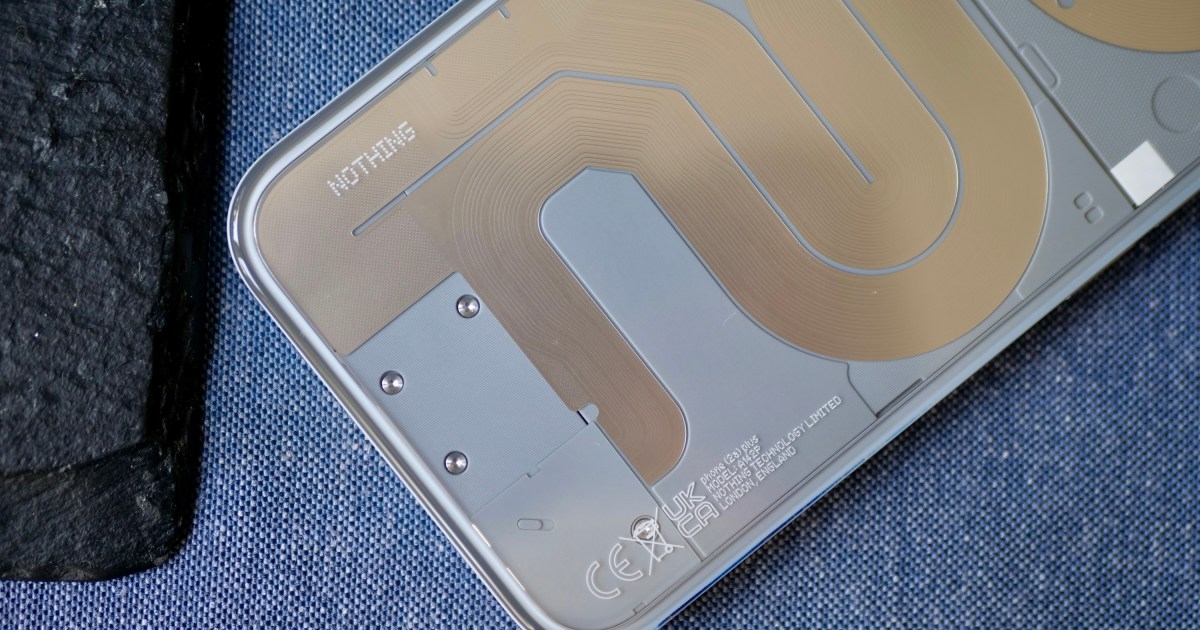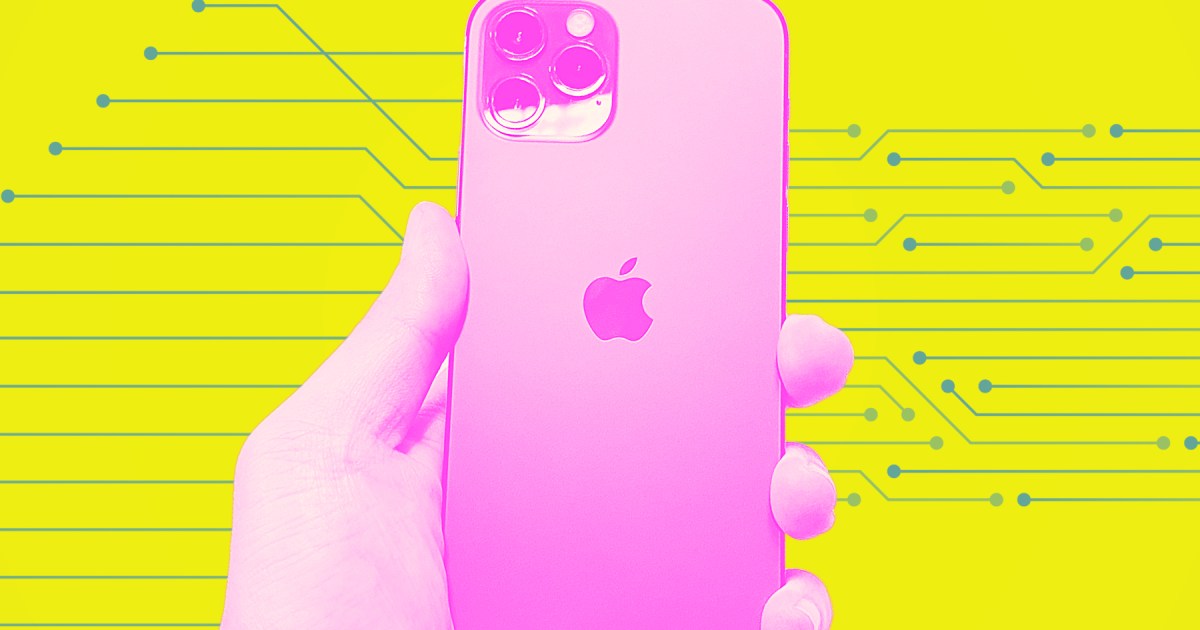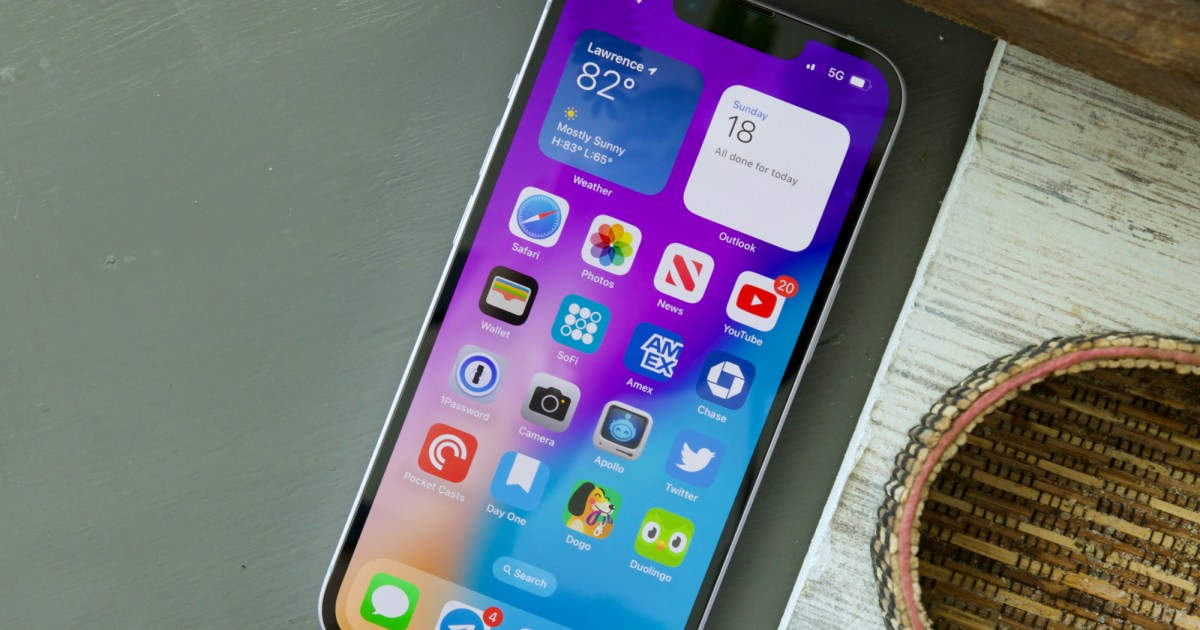A recent survey reveals a surprising statistic: almost half of current iPhone owners were previously Android users. According to Counterpoint Research, who surveyed 4,000 individuals, 48% of iPhone users made the switch from Android. This data underscores that despite the potential hurdles involved in transitioning between operating systems, a significant portion of consumers are choosing Apple.
Android Brands Losing Ground to Apple
The report highlights that Samsung and Google are bearing the brunt of this migration to iOS. Counterpoint Research warns that if this trend persists, Samsung could experience a notable decline in Galaxy S-series ownership within the next two years. The report further notes that Samsung, alongside brands like OnePlus and China’s market leader Vivo, are leveraging AI and flagship specifications to differentiate their devices, hoping to retain and attract customers.
iPhone Pro Users Upgrade More Frequently
The research also delves into iPhone upgrade cycles. Data indicates that iPhone Pro owners, such as those with the iPhone 16 Pro and iPhone 16 Pro Max, tend to upgrade their devices more frequently than non-Pro users. On average, Pro users replace their phones every 2.75 years, compared to 3.15 years for non-Pro users.
Attracting Users to the Pro Models
Interestingly, the study found a correlation between the length of non-Pro iPhone ownership and the likelihood of upgrading to a Pro model. It appears that the allure of the latest features and Apple technology motivates long-term non-Pro users to eventually invest in the premium models. Apple’s strategy of reserving features like always-on displays and 120Hz refresh rates for Pro models seems to be effectively driving upgrades within its ecosystem, rather than pushing users toward competitors like the Samsung Galaxy S25.
Apple’s Strategy Pays Off
Apple’s latest release, the iPhone 16e, represents its most basic new model, positioned below the standard iPhone 16. While some may question Apple’s choices regarding specifications, this research suggests that the company has a clear understanding of consumer behavior and how to acquire and retain smartphone buyers.
Conclusion
The fact that almost half of iPhone owners switched from Android devices highlights Apple’s success in attracting users from other platforms. While brands like Samsung are striving to compete through innovative features and AI integration, Apple’s strategy of tiered features and frequent Pro model releases appears to be fostering a loyal user base with a higher propensity to upgrade. This data reinforces Apple’s strong position within the competitive smartphone market.



